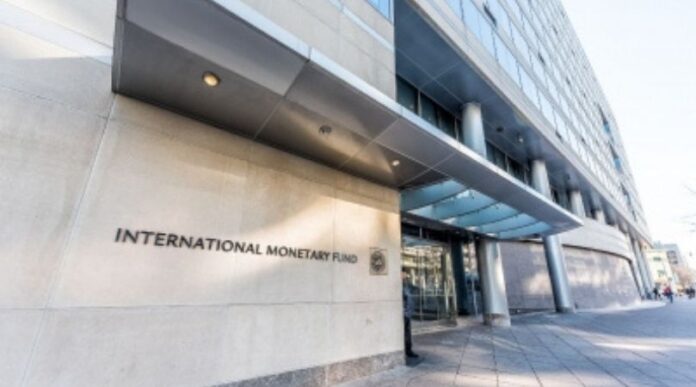NANTOO BANERJEE
No external credit can save Sri Lanka from its current deep financial crisis. The country is simply not in a position to repay its huge outstanding external loans – sovereign or commercial. Tourism, tea and garments export and overseas employment are among its 22.40-million strong population’s key sources of income. Foreign jobs contribute highly to the country’s external income. Almost
90 per cent of expatriate Sri Lankan workers are West Asia-based. While unpaid commercial loans may at best be settled through attachment of property with the help of law courts, there is no way to recover stricken sovereign debts. The latter are payable only when the country is able.
When a country defaults, foreign lenders do not have any international court to go for recovery. They cannot forcibly take over a country’s assets. Nor can they compel the country to pay. Fresh sovereign credit to Sri Lanka stands the prospect of further financial mismanagement and misappropriation of funds by its rulers. Most Sri Lankans blame the Rajapaksa brothers, Prime Minister Mahindra and President Gotabaya, for systematically ruining the small island nation's economy over the years. Millions of workers staged a nation-wide crippling strike in Sri Lanka, last week, to pressurise the Rajapaksa family to exit the government over the country’s worst-ever economic crisis. The family is trying its best to hang on.
Although India is trying to stand by the people of Sri Lanka by offering various aids to partially help them tide over the crisis following months of massive shortages of food, fuel and medicines, it should be very careful about giving further financial aid to the Rajapaksa government. Last March, India signed a $1-billion credit line with the then Lankan finance minister Basil Rajapaksa to help ease crippling shortages of essential items. ‘India stands with Sri Lanka’ India’s external affairs minister S. Jaishankar had said in a tweet.
Sri Lanka’s foreign exchange reserves fell 70 per cent in the past two years to about $2.31 billion, leaving it struggling to pay for imports. Yet, Basil Rajapaksa, another brother of President Gotabaya, was removed from the post within days of his successful negotiation for a financial relief package with India. Maybe, the president expected more credit from India.
Or, it may have been intended to pacify, in a way, the critics of the Rajapaksa family. Basil was scheduled to leave for the US to meet with the International Monetary Fund (IMF) for a possible bailout package to get over the unprecedented economic and political crisis. In another political drama, all 26 Sri Lanka’s cabinet ministers submitted letters of resignation. However, Sri Lanka’s president and prime minister expressed no such intention to quit the government and go for a fresh election.
Sovereign defaults are not entirely unusual. With efforts, many countries have come out of sovereign debt defaults. Political instability and financial mismanagement have become increasingly frequent catalysts of sovereign defaults. They were regarded as the primary factor in defaults by Argentina in 2014 and 2019, Ukraine in 2015 and Ecuador in 2008 and 2020. A recovery from debt default is not easy. Sovereign debt defaults can also impose wide and severe economic costs, lowering output for years after.
Among the common causes of sovereign defaults are economic stagnation, political instability and financial mismanagement.
Undemocratic and corrupt governments looting a country can eventually leave it without the means to service debt, leading to a default. Notably, Sri Lanka is facing the most alarming level of external debt crisis in the South Asian region.
Behind Sri Lanka’s current financial crisis is the Rajapaksa government’s deliberate bid to involve China in the country’s economic, financial and strategic expansion in pursuant of the family’s known anti-India rhetoric for years. China is the single biggest lender to Sri Lanka. The country needs around US$7 billion this year to service its debts to various creditors, especially those from China. The total debt service liability between now and 2026 is expected to rise to $26 billion. This is too high compared to the country’s GDP, which is only around $80 billion and shrinking day by day. (IPA Service)


